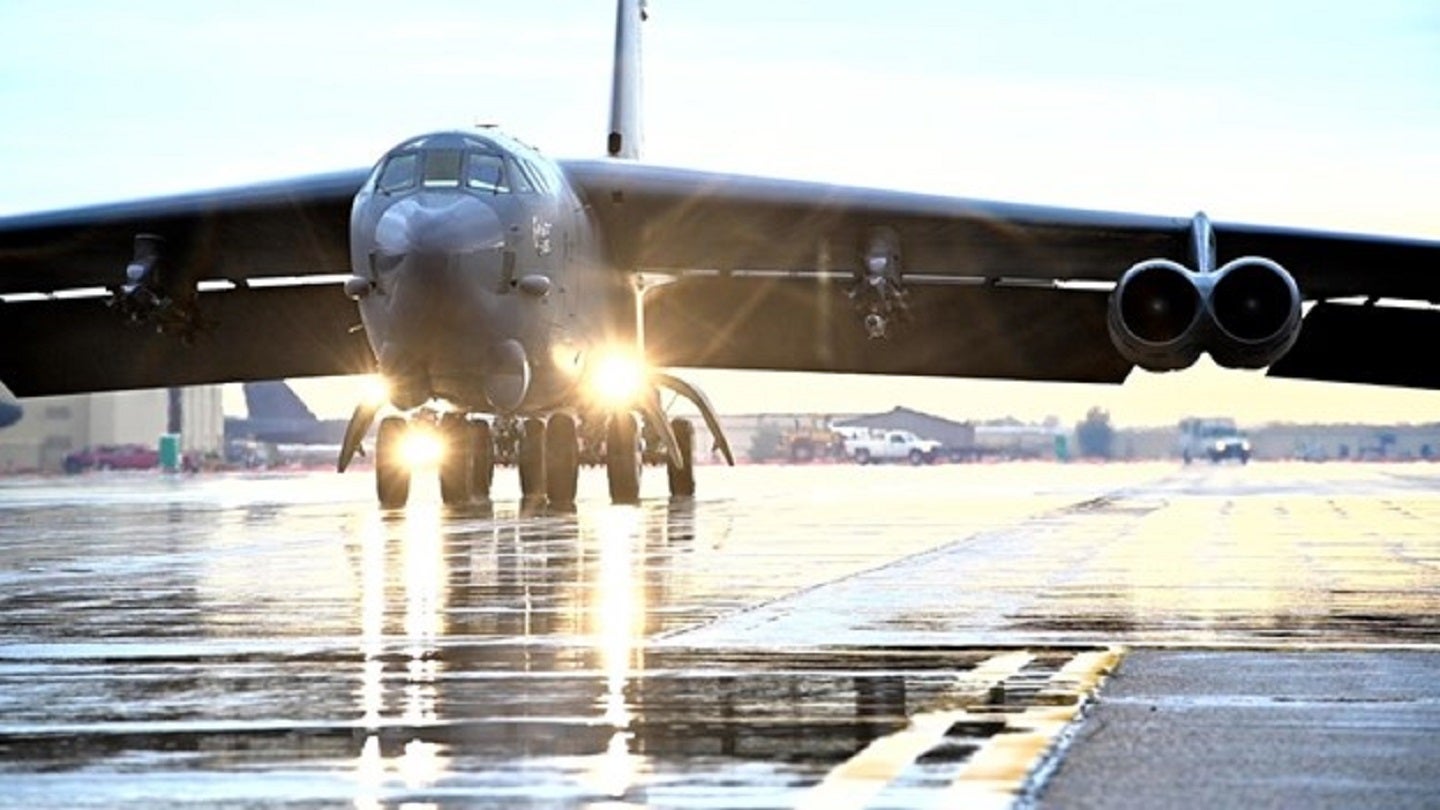
Pratt & Whitney, an RTX subsidiary, has agreed to sustain the US Air Force’s (USAF) TF33 engines, which power the service’s B-52 Stratofortress and E-3 Sentry aircraft.
In a 15 November press release, the contractor committed to establish a new and “holistic sustainment solution” to reduce obsolescence.
This long-term agreement – valued at $870m – is a culmination of the Defense Logistics Agency’s decades-long partnership with the 448th Supply Chain Management Wing, Tinker Air Force Base, Oklahoma and the supplier, Pratt & Whitney.
Under this contract, the supplier will provide comprehensive engine sustainment services for a global fleet of nearly 1,000 engines over a six-year period, with an option of extending for another four years.
Services under this contract include maintenance, spare parts, programme management, field service, repairs and engineering support.
Sustainment work will run through April 2034 at Tinker Air Force Base, Oklahoma, additional USAF locations, and Pratt & Whitney’s Southern Logistics Center located in Atlanta, Georgia.
How well do you really know your competitors?
Access the most comprehensive Company Profiles on the market, powered by GlobalData. Save hours of research. Gain competitive edge.

Thank you!
Your download email will arrive shortly
Not ready to buy yet? Download a free sample
We are confident about the unique quality of our Company Profiles. However, we want you to make the most beneficial decision for your business, so we offer a free sample that you can download by submitting the below form
By GlobalDataThe leading intelligence consultancy, GlobalData, tells us that the USAF currently operates 76 B-52 bombers, which were procured since 1961, as well as 31 E-3 intelligence, surveillance and reconnaissance aircraft, acquired since 1977.
The B-52 is an enduring platform that is capable of flying at high subsonic speeds at altitudes up to 50,000 feet, while the E-3 aircraft are powered by four Pratt and Whitney TF-33-PW-100/100A turbofan, 21,500lb-thrust jet engines, mounted in pods under the wings.
A ‘holistic sustainment’ approach
“An engine’s sustainment phase is a critical but often under-appreciated portion of military readiness,” said Jill Albertelli, president of military engines at Pratt & Whitney.
“The TF33 enterprise is maturing beyond the conventional approach to a more complete, advanced sustainment process that will maximise the TF33’s support to many missions across the globe through 2050.”
In its release, Pratt & Whitney claim to pursue a unique sustainment approach to maintain the fleet’s TF33 engines, which it calls the “first-of-its-kind approach” with little specification of its methods.
Meanwhile, the USAF has also recently announced that it has adopted General Electric Aerospace’s T901 engine for its rotorcraft fleets – including it Black Hawks, Apaches and Future Attack Reconnaissance Aircraft programme.
In this instance, the rotorcraft engine supplier claims the T901 provides 50% more power and reduced life cycle costs, with fewer parts and a simpler design. The engine’s fuel efficiency will improve the enduring fleet’s range, loiter time and offer 25% better specific fuel consumption.



